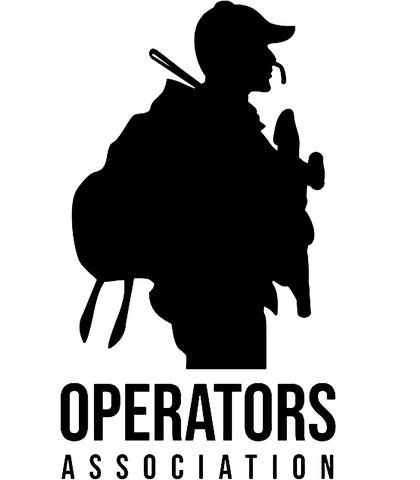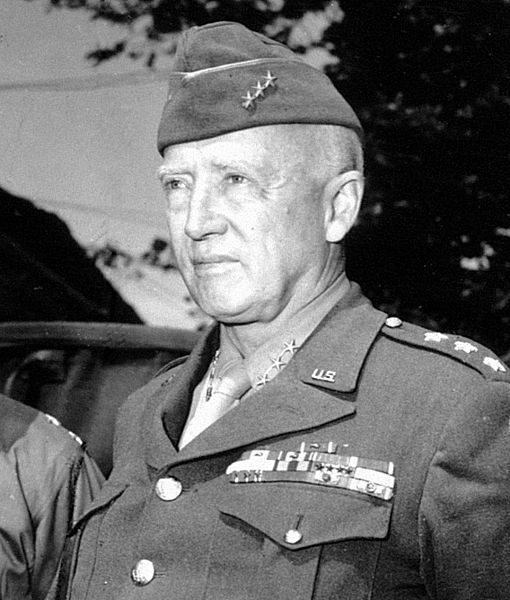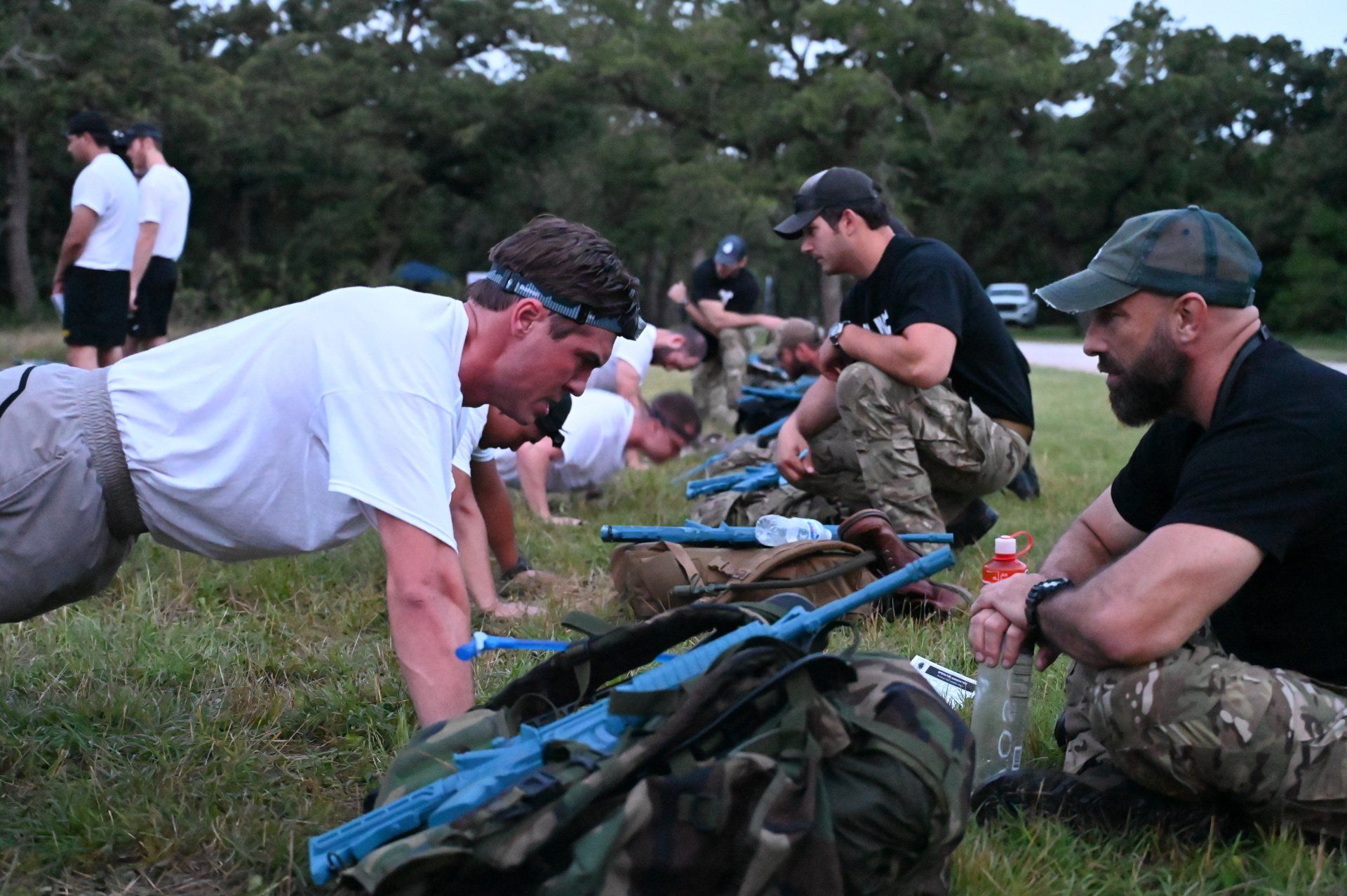How to Build Muscle
September 20, 2021
How to build mass and stay lean doing it.
Your body doesn’t want
to build muscle. The more muscular you are, the more nutrition you need to maintain your new, larger stature. For thousands of years, humans have lived in a perpetual food shortage. Starvation was always a threat and continues to be in many parts of the world. Although you might be currently living in a modern society where nutrition is relatively cheap and plentiful, your body is still the same one your ancestors had. Your body resists hypertrophy as a survival mechanism in case you ever face a famine.
What does this mean for your muscle-building goals? You must convince your body that it’s more important to get bigger and stronger than it is to prepare for a food shortage. To do that, you must put your body under immense physical strain while also giving it the nutrition it needs to grow. When you train hard and maintain a calorie surplus, your body will adapt to its new environment and prioritize hypertrophy over maintenance. In this OA guide, we’ll show you how to accomplish that!
Step 1: Shock Your System
The first step of activating your body’s hypertrophy is to shock it physically. You must put yourself into an environment where building muscle is crucial to your survival. In other words, casually lifting light weights for high reps won't help you grow. You must shock your system into action with heavy weights, high resistance, and a moderate rep range. Fill your workouts with demanding compound lifts like barbell squats, deadlifts, military presses, and bench presses. These exercises target multiple muscle groups at the same time, thus maximizing the recruitment of your muscles. Working the whole body also releases more anabolic hormones than only targeting a single muscle group.
You can also do isolation exercises or use machines to supplement your training. But isolation movements should never replace heavy compound lifts. If you have the option, choose free weights for your workouts instead of machines. Although the mass in both scenarios may be the same, free weights require more muscle activation to stabilize the load.
Step 2: Garbage In = Garbage Out
Adequate nutrition is the second part of the hypertrophy equation. Your body needs the proper fuel and building materials to get you through tough workouts and build muscle. Proper nutrition for hypertrophy
has two aspects: first, you must eat the right foods; next, you must eat a lot of them.
When it comes to giving your body the nutrition it needs to function and grow, it comes down to eating high-nutrient, protein-dense foods like eggs, almonds, chicken breasts, and yogurt. These foods not only give you the essential nutrients your body needs to function, but they are also high in calories and will help you stay in a surplus. Many hypertrophy beginners (hard gainers especially) get sold on the idea that “calories are calories.” This leads them to filling their diets with garbage like processed sugars, trans fats, and artificial foods. While using this “dirty bulk” strategy can get you some good hypertrophy results, you could do significant damage to your health in the long term. If you want to gain muscle the right way, take care of your diet or suffer the consequences. Garbage in = garbage out.
Before you start trying to put on size, you must remember that being in a calorie surplus will inevitably cause you to gain some fat (regardless of how clean your bulk is). Therefore, it might be a good idea to lean out as much as possible before starting a long-term calorie surplus. On average, you can expect to gain muscle and fat in a 1:1 ratio. That is, you’ll gain a pound of fat for every pound of muscle you build. Cutting down to a low percentage of body fat before your bulk will ensure that you don’t end up overfat when you come out on the other side.
Step 3: Rest is Key
Muscles aren’t built in the gym. They’re built when you sleep. Working out and lifting heavy weights puts your muscles under stress and causes them to develop microscopic tears. When you rest, your body uses the protein from your diet to rebuild the damaged muscle fibers. When the muscle grows back to fill these tears, there is slightly more muscle than there was previously (the same way the skin grows back thicker when an abrasion heals). Over time, repeating this damage and repair cycle is what creates gains.
Sometimes, the best thing you can do for your hypertrophy is taking a day off from the gym. Unless you’re a bodybuilder, doing three hypertrophy-oriented full-body workouts every week is more than enough to see some significant gains. Overworking your muscles will prevent them from experiencing any significant growth. In extreme cases, overtraining can even cause your body to break down muscles as emergency fuel.
The best way to know how often you should be training is to start a tested and optimized workout plan. When you have a training schedule specified for your goals, you can spend less time worrying about how to train and more time improving. That’s why we created our OA Workout Programs. These plans are built to balance training with recovery to get you maximum results. Our training regimens are created by our Director of Athletics, Greg Deluca, a Navy SEAL Commander who won multiple national championships with Duke Athletics. Browse our workout programs
and get started today.








